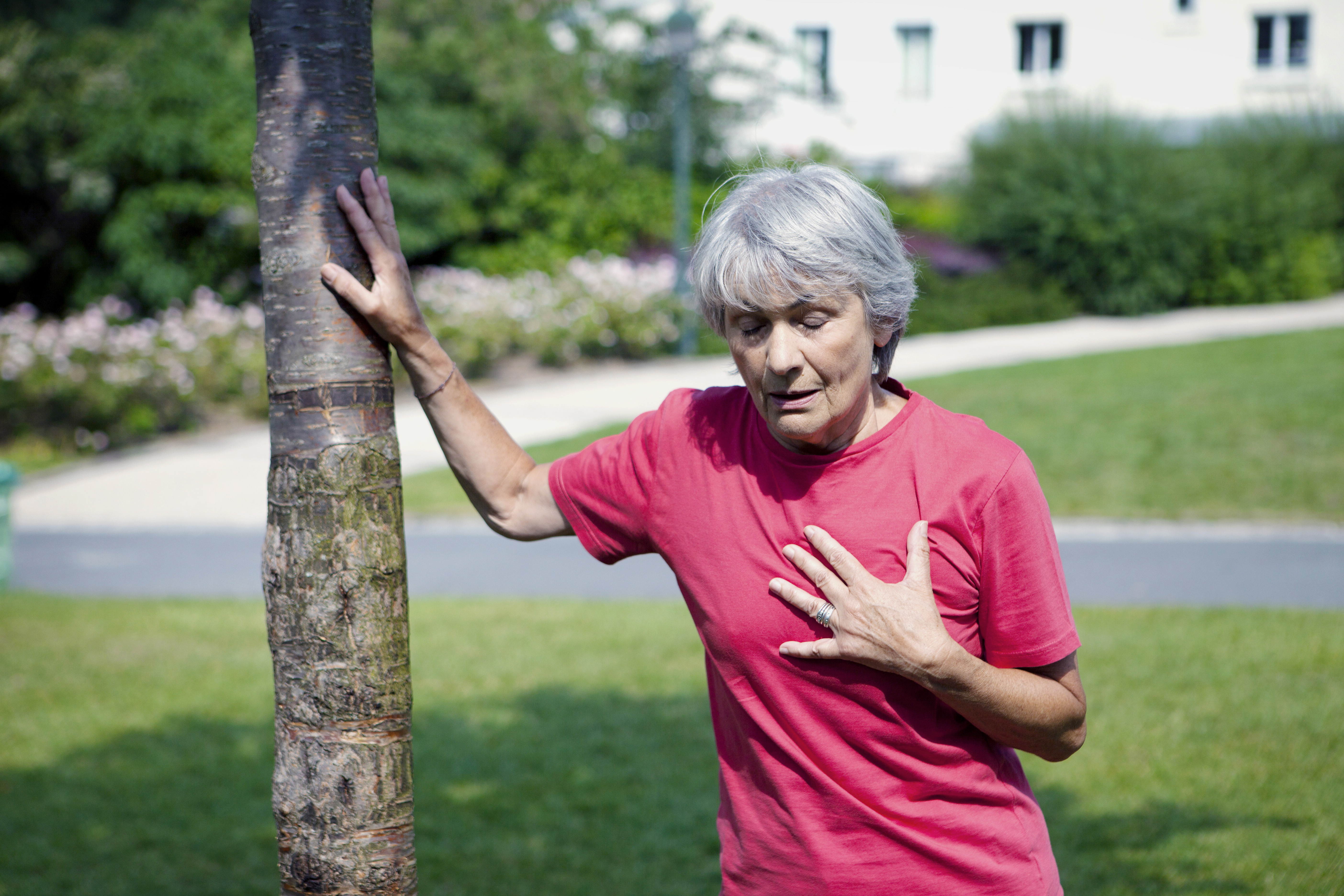In a recent meta-analysis published in the journal Circulation: Heart Failure, the journal of the American Heart Association, a team of researchers found that exercise training is effective and safe for patients with pulmonary hypertension.
Pulmonary hypertension is an increase of blood pressure in the pulmonary artery, pulmonary vein, or pulmonary capillaries, together known as the lung vasculature, leading to shortness of breath, dizziness, fainting, leg swelling and other symptoms. PH can be a severe disease that leads to markedly decreased exercise tolerance and reduced quality of life despite medical therapy.
In the study titled “Efficacy and Safety of Exercise Training in Chronic Pulmonary Hypertension: A Systematic Review and Meta-Analysis,” Ambarish Pandey, MD, and colleagues evaluated prospective intervention studies that assessed whether exercise training is safe and effective for patients with a diagnosis of pulmonary hypertension. The meta-analysis primary outcome was a change in six-minute walk distance (6MWD). The researchers also evalutated the effect of exercise on peak oxygen uptake (VO2peak), peak exercise heart rate (HRpeak), resting pulmonary arterial systolic pressure (PASP), , and quality of life.
The researchers included 16 studies with 434 exercise-training participants, and the median follow-up of the studies analysed was 15 weeks (range, 3-40). Results showed an association between exercise training an significant improvement in 6MWD, VO2peak, PASP, HRpeak, and quality of life as measured on SF-36 questionnaire subscale categories physical functioning, role-physical, general health perception, vitality, social functioning, role-emotional and mental health.
The researchers also found that exercise training was well tolerated with a low dropout rate and no major adverse events related to exercise training.
“Taken together, these findings suggest that exercise training could be used as a safe and effective adjunctive treatment strategy among stable and well-compensated patients with chronic pulmonary hypertension,” Pandey and colleagues wrote according to a news release.

